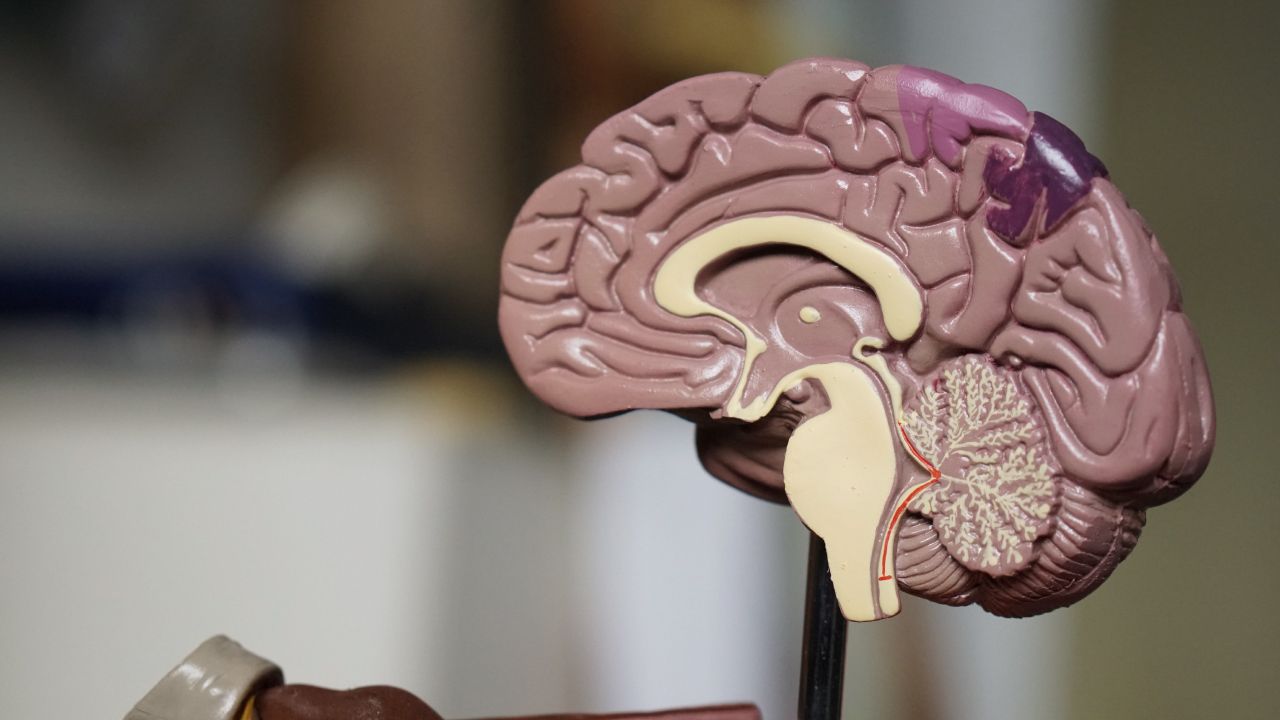
Easy-to-implement tips (from a real-life neuroscientist) to help your team turn stress into flow
What’s flow, and how can it help you and your team?
Flow is that very pleasant state of absorption you experience when your mind is focused on one activity and time passes by without you really noticing it.
Also known as being "in the zone", flow typically happens when you do something that’s just the right level of challenging for your natural abilities and skill set.
Positive psychologist and author of Flow, The Psychology of Optimal Experience, Mihály Csíkszentmihályi describes this mental state in simple terms as "being completely involved in an activity for its own sake...Your whole being is involved and you’re using your skills to the utmost".
Crucially, this state of being affects all kinds of performance (creative and otherwise) for the better—in an Australian study, subjects presented with a tricky problem on a videogame couldn’t solve it...until a mental state of flow was induced, and more than half the participants got the right answer. Add to that results from a 10-year McKinsey and Co. study that found top executives were 500% more productive in flow.
And according to research by Harvard professor Teresa Amabile people aren’t just more creative in flow, they report being more creative for up to three days afterward too, which suggests that flow doesn’t just improve creativity in the moment, it may train us to be more creative in general, too. Besides, studies show flow makes people happy, too.
So how does flow work?
As is true with our bodies in general, it all comes down to biological functioning. During flow, our brainwaves slow from the fast-moving beta wave of normal waking consciousness to the much more sluggish border between alpha and theta waves.
To give you some insight on the purpose of these particular brain waves, alpha waves are associated with a day-dreaming state of mind, where the mind wanders freely from idea to idea.
Theta waves, on the other hand, only show up during REM sleep, or just before we fall asleep, in that strange mental space where our biggest insights can sometimes come together in truly unique (and often highly useful) ways.
Recent investigation and theory on the subject hold that "flow signature" as measured by EEG is polyrhythmic and supported by various mechanisms including the theta waves mentioned above, which are modulated by the neurotransmitter dopamine. To make flow happen, 5 different neurotransmitters (the body’s chemical messengers) are thought to interact.
- Dopamine increases attention, information flow, and pattern recognition to boost our skills.
- Norepinephrine speeds up heart rate, breathing, and increases muscle tension, triggering a glucose response to give us more energy, increasing our engagement, neural efficiency and emotional control.
- Endorphins relieve any pain and give us that trademark hormone high sometimes known as "runner’s high".
- Anandamide elevates mood, relieves pain, dilates blood vessels and aids in respiration, as well as amplifying lateral thinking, aka linking disparate ideas together.
- Serotonin fills the brain post-flow to create an after-glow effect that keeps us feeling blissful.

@averey via Unsplash
So why would you want to encourage a state of flow in your workplace?
Because better flow equals higher productivity and performance, and lower stress levels.
Not to mention the fact that flow makes work more enjoyable, and when employees enjoy their work, they’re more likely to stay on task and stay at the position in question.
So how can we create an environment and culture that are conducive to flow at work?
1. Assign tasks to the right people
And this isn’t just about who will get it done the fastest. Try to delegate projects and responsibilities to a person for whom it will be an ambitious but not impossible challenge. You want the task to be difficult enough to stay interesting, and easy enough to not be frustrating. And make sure the assignment includes a specific goal and plan of action.
2. Try to create an atmosphere with limited distractions.
Distractions stop flow in its tracks. So make your best effort to pick one or two days per week to limit meetings and non-urgent calls. With these interruptions off the table, your team can work undisturbed for longer stretches of time and have a better chance of reaching a state of flow—studies show it takes 5 to 20 minutes for people to focus.
3. Provide mental wellbeing resources.
Ensure your employees have access to practical tools to help them deal with their emotions as they experience them. When people write in a journal or record their unhelpful thoughts or feelings in a mental wellbeing app like Foundations, it’s easier for them to move forward without those thoughts impairing their focus.
4. Encourage exercise breaks.
Give your team the flexibility to take breaks during the day to get moving. Vigorous, repetitive exercise like walking, running or swimming can induce a state of flow and have a positive impact on creative thinking.
Do you think flow (or lack thereof) is affecting your team? What are some techniques you use to encourage flow in your workplace? Let us know at foundations@koahealth.com.